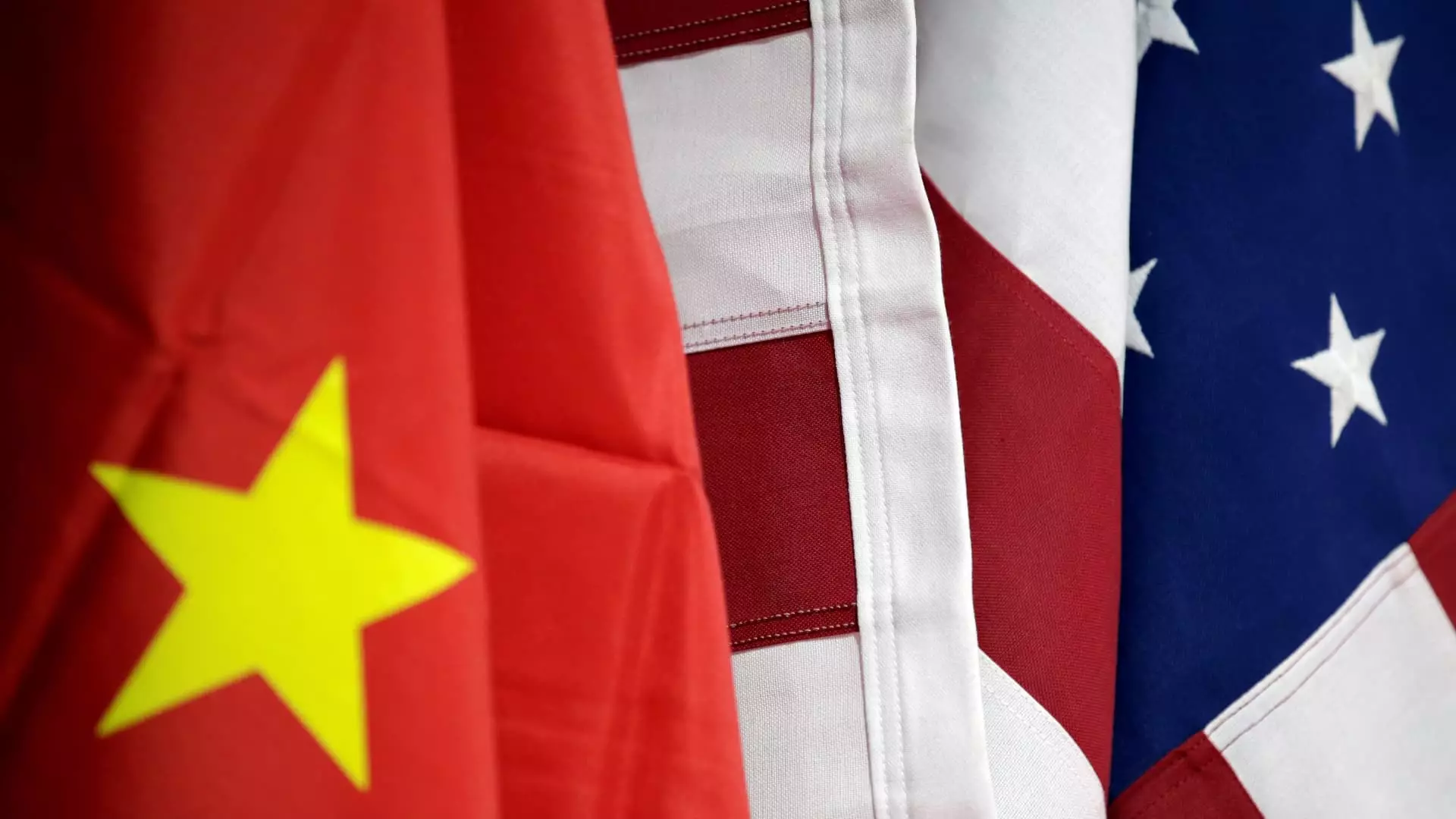In a recent speech at the Republican National Convention, Donald Trump’s running mate JD Vance emphasized the need to protect the wages of American workers and prevent the Chinese Communist Party from exploiting American citizens. Vance’s hard line on China reflects a growing sentiment among political leaders and economists who are concerned about the impact of China’s economic policies on the United States.
China’s focus on developing advanced manufacturing has led to the substantial growth of its middle-income group. With a population of 1.4 billion people, China has the potential to become a global economic powerhouse. McKinsey predicts that the number of China’s upper-middle and high-income households could reach 200 million by next year. However, despite these numbers, China remains far behind the U.S. in terms of per capita income.
The Income Disparity Between China and the U.S.
While China has made significant progress in growing its middle-income group, the per capita disposable income in China is much lower than in the United States. The National Bureau of Statistics reported that China’s middle-income group had a per capita disposable income of 32,195 yuan ($4,436) last year, compared to $61,033 in the U.S. According to Pew Research, the median income of the U.S. middle class was $106,100 in 2022, but the percentage of Americans in the middle-class category has been declining since 1971.
Trump’s administration implemented tariffs on Chinese goods, and he has promised to raise them further if reelected. Trump’s running mate, JD Vance, has been a vocal critic of China’s trade practices, blaming the country for various economic challenges in the U.S. However, the Biden administration has not made significant changes to these policies, leaving many questioning the effectiveness of the current trade approach.
The Future of U.S.-China Relations
As tensions between the U.S. and China continue to rise, it is clear that China’s economic influence on the American workforce is a significant concern for policymakers. The shift in manufacturing to lower-cost hubs like China has brought about both benefits and challenges for the U.S. economy. Vance’s warnings about the impact of China on the U.S. economy should not be taken lightly, as the future of U.S.-China relations will undoubtedly have a profound impact on both countries’ economic futures.
The relationship between China and the U.S. is complex and multifaceted. While China’s rise as a global economic powerhouse presents opportunities for growth and collaboration, it also poses challenges for American workers and industries. It is essential for policymakers to carefully consider the long-term implications of trade policies and economic decisions in order to ensure a fair and balanced relationship between the two superpowers.

